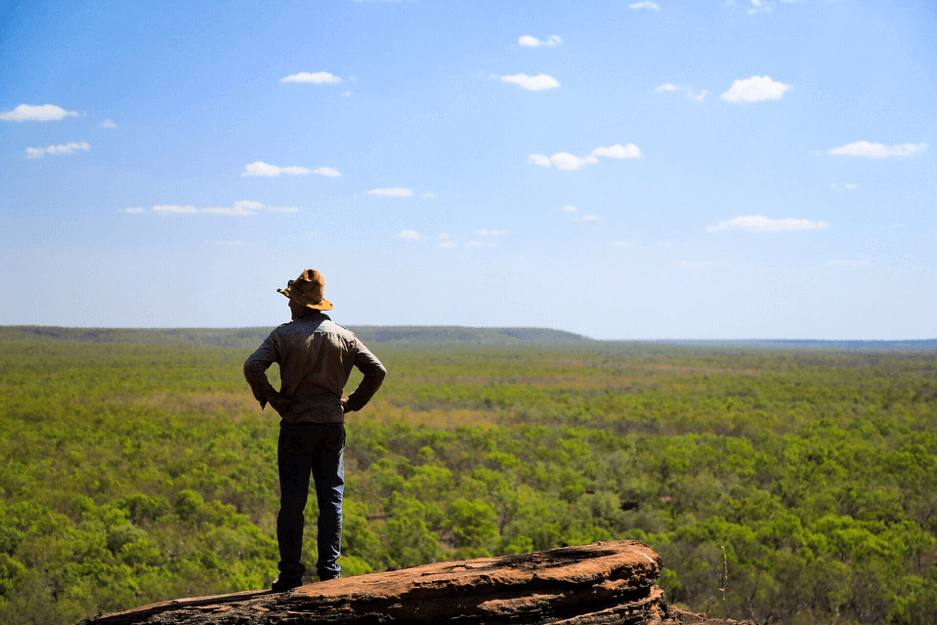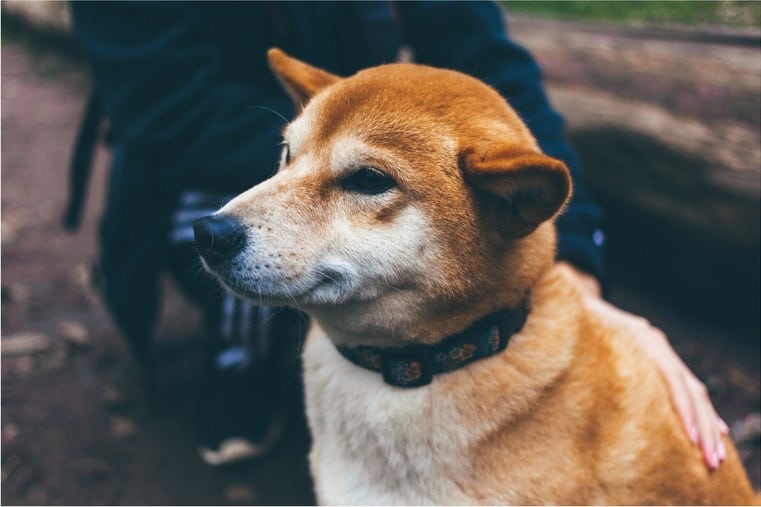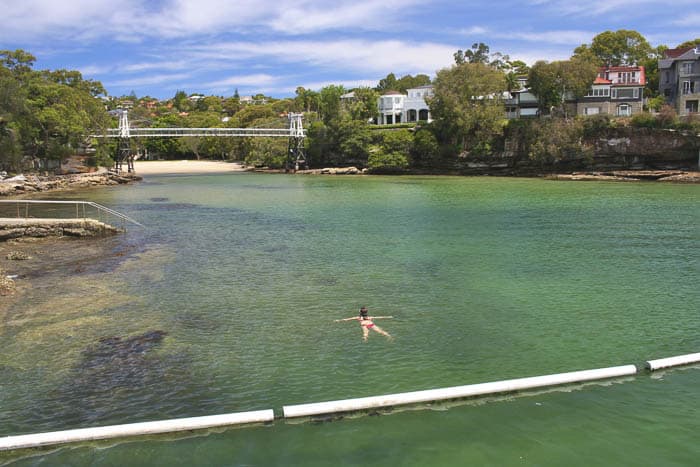Destination Feature-Kakadu
The pride of our soft floor fleet, the Kakadu, is named after Australia’s best known, and most rugged, National Park. Kakadu, one of the few UNESCO World Heritage sites listed for both it’s natural and cultural values, is located in the tropical north end of the Northern Territory.
And it’s big. Really big. In fact, this National Park is bigger than many European countries, and at over 19,000 square kilometres, it’s twice the size of Yellowstone National Park.
Kakadu is one of the most biologically, ecologically, and geologically diverse regions on the planet. The landforms range from monsoonal rainforests and wetlands, tidal flats, engorged rivers, plunging waterfalls, and savannah flood plains, to the high plateau ‘stone country’ of the 500km long Arnhem Land escarpment. It also contains over 2000 plant species, one third of Australia’s bird species, and over 1/10th of the Territories resident croc population.
Kakadu has been described by many as a ‘living cultural landscape’-the traditional people (Bininj/Mungguy) have occupied the area for at least 50,000 years, and they hold a deep spiritual connection to the land.
Kakadu holds the highest concentration of rock art in Australia, with over 5000 identified sites.
When to go
You really need to visit Kakadu more than once to appreciate it’s dramatically different seasons. The local Bininj people have classified six, beginning with the thundering waterfalls and dazzling lightening of the Gudjewg monsoon season between January and February.
See blossoming paperbarks next to billabongs filled with waterbirds in the Banggerreng season of March. Yegge (April/May) brings morning mists over the plains, cooler weather and drying winds.
Enjoy pleasant temperatures and clear skies in the Wurreng cold weather months between June and July, and hot dry weather of the Gurrungmonths in August and September.
The Gunumeleng season (October to December) is characterised by increasing heat and humidity; afternoon thunderstorms begin to refill the billabongs, and new growth begins to emerge and tint the landscape.
The lotus lily is abundant at the end of the wet season (Credit: Parks Australia)
For me, the best time to visit Kakadu is at the beginning of the dry season (roughly April/May). The heat and humidity isn’t as intense, there are less mozzies, the vegetation is still vibrant, and the waterfalls and rivers are still full and spectacular.
How to get there
Kakadu is located about three hours from Darwin, along the all weather Arnhem and Kakadu highways. Make sure you stop at the Bowali Visitors centre for a coffee and to plan your itinerary.
What to see
With countless activities and tours on offer, you could spend weeks touring Kakadu and never get bored. Here are some of the most iconic landmarks that you just have to see while you’re here.
Jim Jim Falls-the most iconic waterfalls in Kakadu, these are an absolute must-see. Stunningly beautiful in every season, but in the wet season, they are only accessible by air.

-
The Maguk Gorge is located about 50km from the Southern entrance and 92km south of the Bowali visitors centre. The road to the car park is a corrugated track, and from there it is a very pretty 2km walk to the gorge. You’ll need decent shoes for this one!
Nourlangie Rock has a 1.5km circular walk containing several outstanding art sites, and an ancient Aboriginal shelter. For the adventurous, there is also a moderately steep climb to Gunwarddehwardde lookout, which provides impressive views of Kakadu’s escarpment and Nourlangie Rock. Continuing on from the car park, the road provides access to several interesting walks and Aboriginal art areas.
-
A five metre crocodile eats a bull shark. Bags not dangling my legs in the water.
Yellow Water Billabong. Kakadu’s most famous wetland, located at the end of Jim Jim creek, is teeming with wildlife. Take a cruise through Yellow Water and you are bound to see crocodiles, many bird species, and buffalo on the floodplains. You can also fish for Barramundi-though one of the local residents might fight you for it! - Sunrises in Kakadu. If you’re an early bird, you’re in for a treat. The sunrises in Kakadu are spellbinding.
-
Indigenous culture is central to life in Kakadu. Visit the Warradjan Aboriginal Cultural Centre to gain an understanding of the Bininj and their country. They have interactive displays as well as a selection of beautiful local arts and crafts available for purchase.
Accommodation
Click here to view all the camp grounds available in Kakadu
Tips
With such a tropical climate, it’s only natural that people want to swim while they’re at Kakadu. The trouble is the crocodiles living in the rivers and billabongs. In most locations, there are signs warning you of crocodiles in the area-if there is no sign, assume crocodiles are present.
Some places are safer to swim than others-some of the pools up on the escarpment, above the waterfalls, are less likely to be accessible to crocs. The carers of the park go to much effort to clear certain areas of crocodiles, but they can move back at any time.
The safest spots to swim are the public pool in Jabiru and the pools at the various resorts and hotels. We do not recommend swimming in Kakadu’s waterways, so do so at your own risk.
Kakadu isn’t as well developed as other parks, and getting around can be a challenge-4WD’s are most definitely recommended, as well as a good level of general fitness (there are some big rocks to navigate over on many of the walking tracks).
Kakadu is a wild place-stay safe by ensuring you take plenty of water with you, wear sturdy shoes and sun protection, and always tell someone where you’re going.
Kakadu is a very popular park-for good reason! Resorts, camp grounds, and rock art sites can get crowded in the dry season-but with a little adventurous spirit, you can easily get off the beaten track and be alone with nature. Enjoy!






